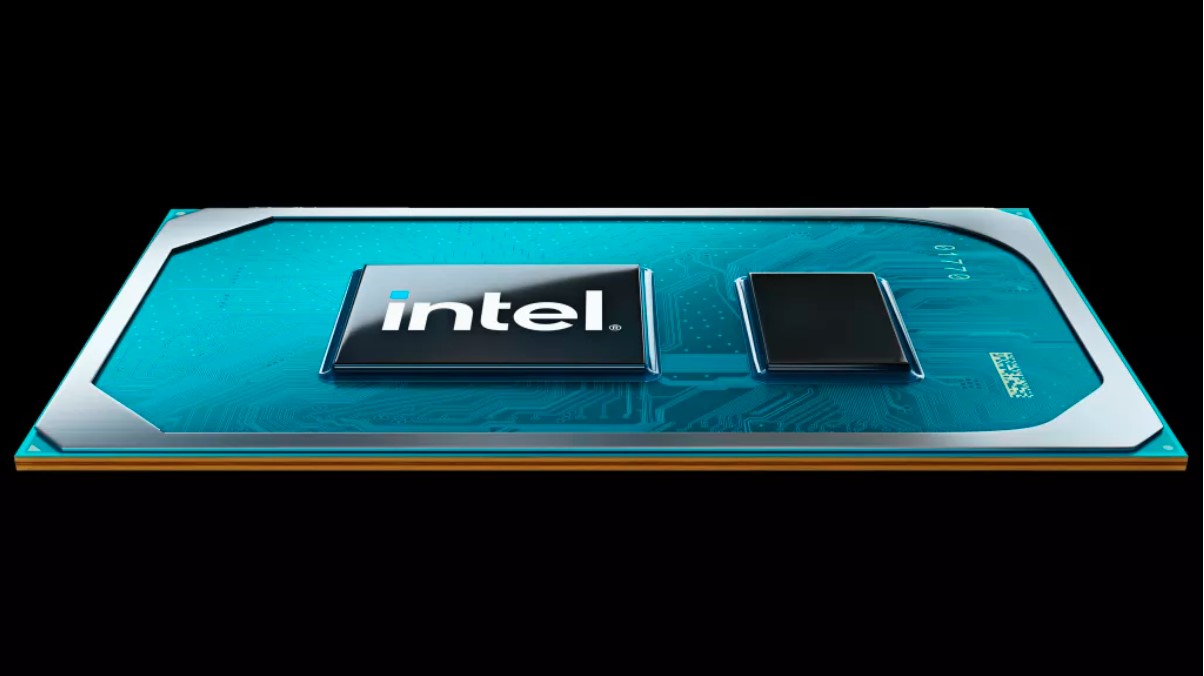Intel started to add driver information to Lunar Lake in Linux 5.15
According to previous information, let us know that Intel’s 12th-generation Core system processor is codenamed Alder Lake, the 13th generation Core system processor is codenamed Raptor Lake. On the desktop platform, both series of products will use LGA 1700 sockets, adopt big.LITTLE hybrid architecture, with Golden Cove performance (large) core and Gracemont efficiency (small) core, and manufactured using 10nm Enhanced SuperFin process.
Next is the 14th-generation Core system processor, code-named Meteor Lake. It is rumored that LGA 1700 sockets may still be used, and the performance core will be replaced by Redwood Cove. Extreme ultraviolet lithography (EUV) technology will be used. It is Intel’s first desktop processor manufactured with a 7nm Enhanced SuperFin process. After Meteor Lake is Lunar Lake, it should be the 15th generation Core system processor. It seems to be farther away from us. Consumers may have to wait until 2024 at the earliest to see the actual product. Even if it is still a few years away, Intel has begun to provide support for Lunar Lake on the driver.

A quick check on the features that have been enabled shows that Intel will continue to use the i219 series of network card chips on the Lunar Lake platform, but in a few years, I believe that PC manufacturers will choose more 2.5GbE, 5GbE or 10GbE network card chips. Through the Linux support patch, perhaps in the next few years, you can learn more details before Lunar Lake is officially launched.





